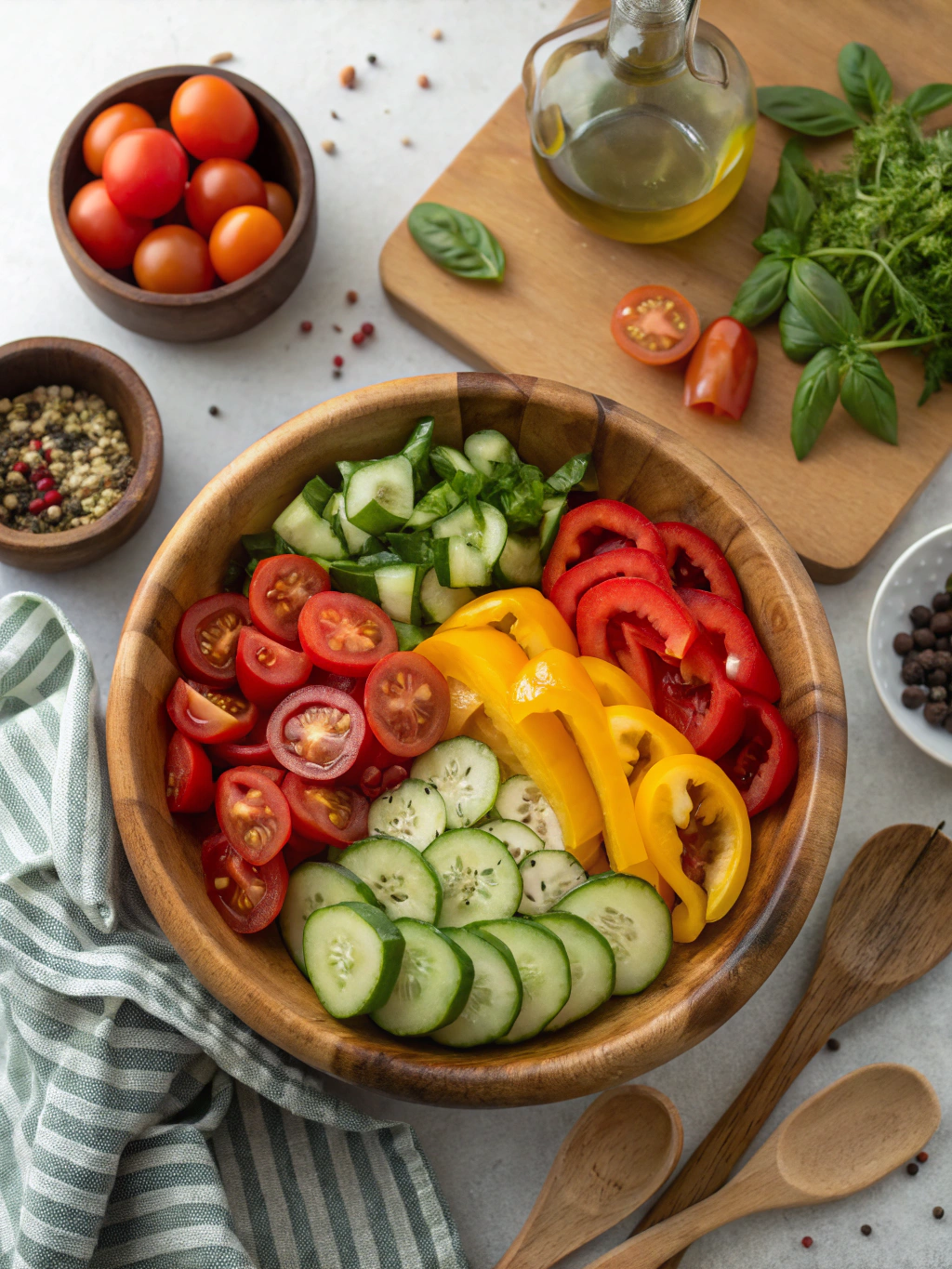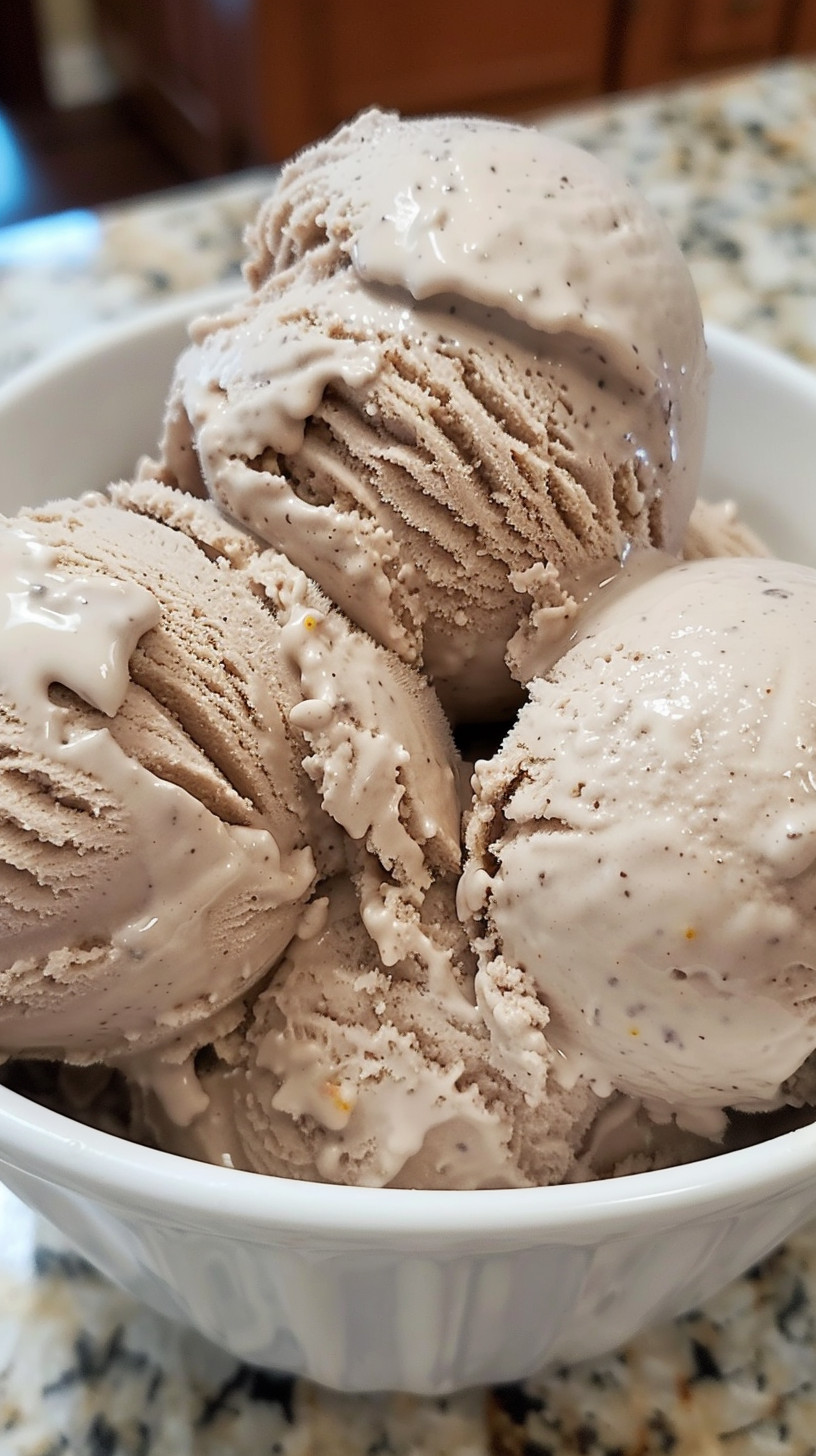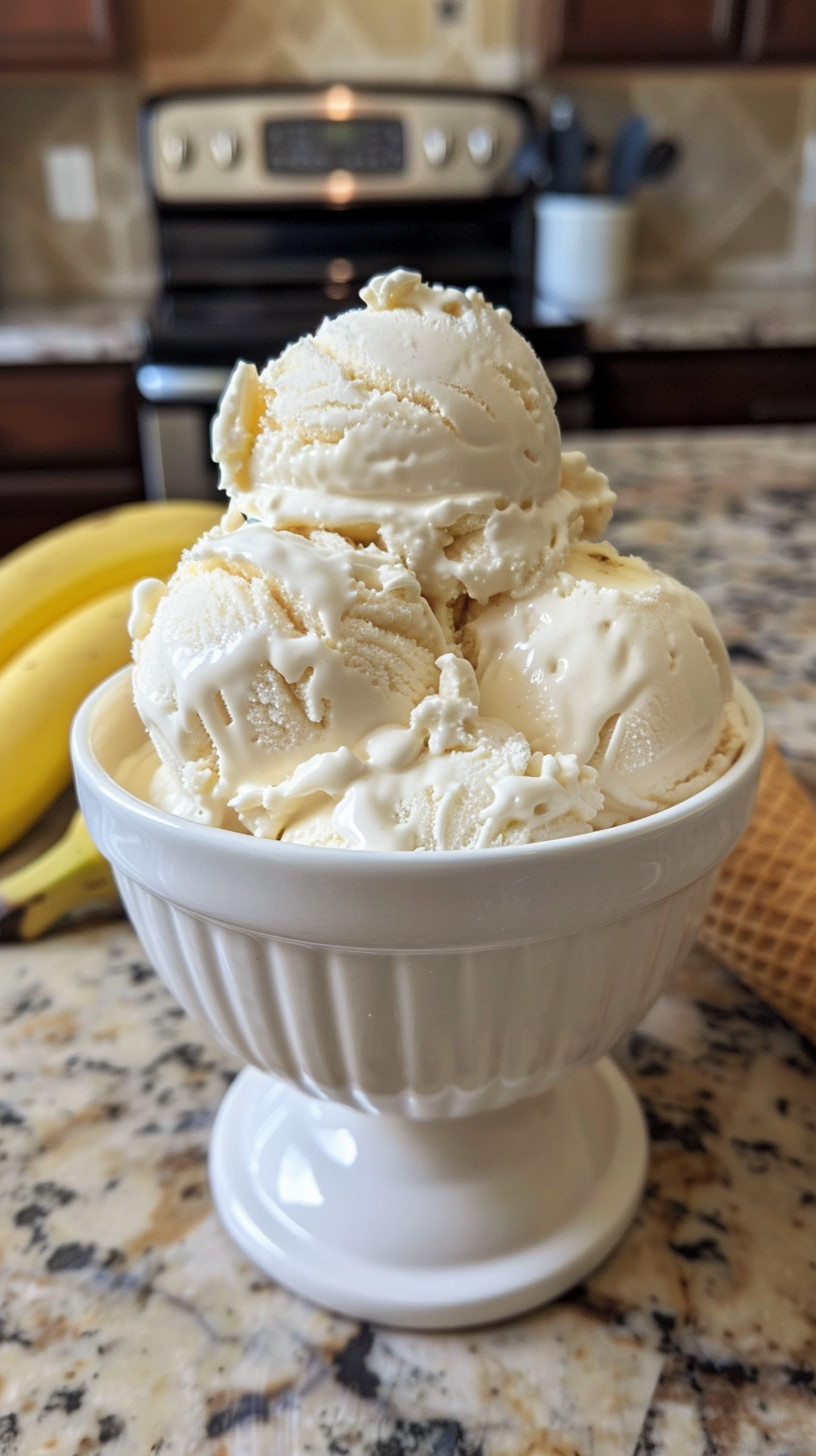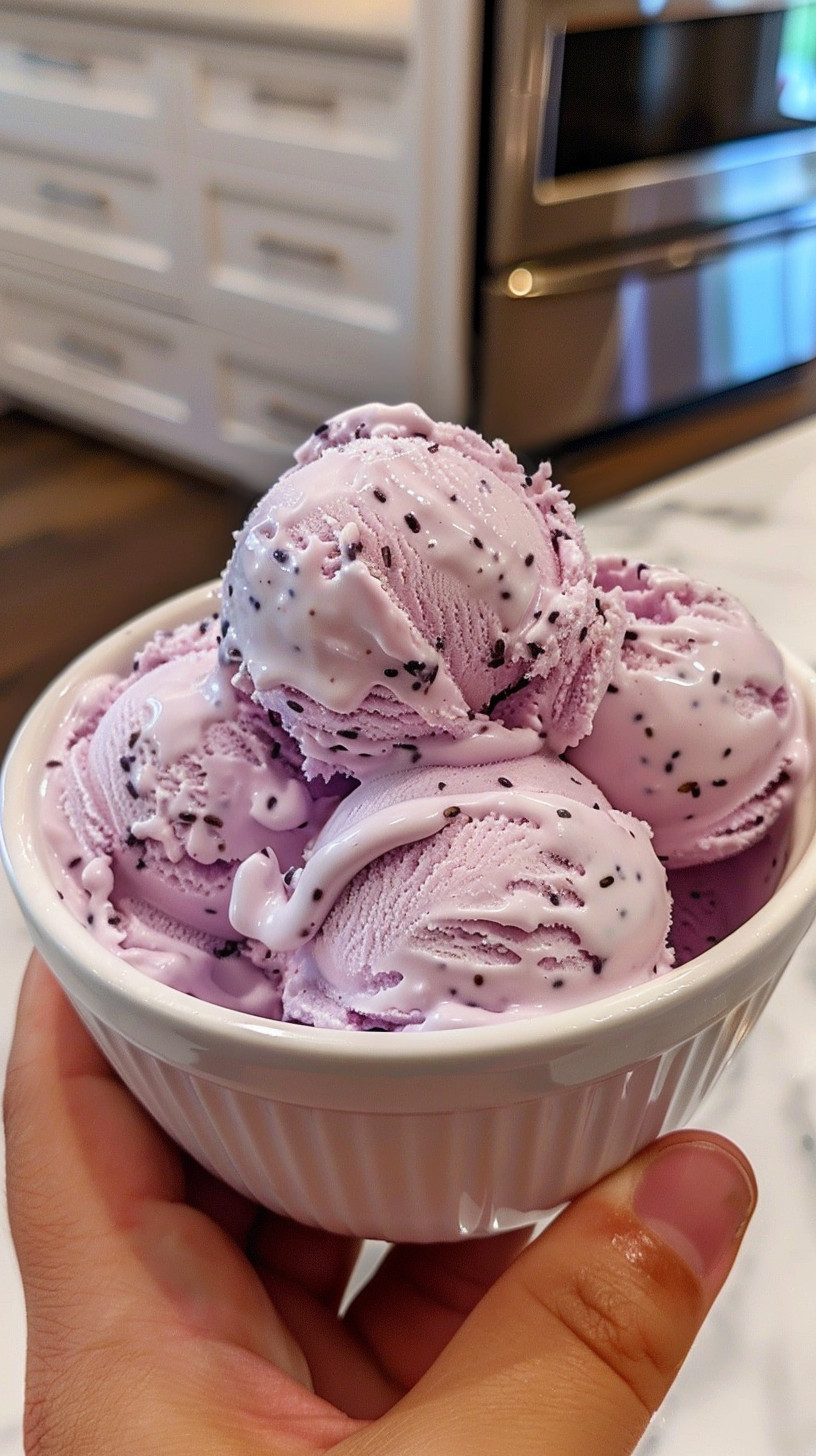Did you know that 68% of Americans report eating more salads during summer months, yet only 23% feel satisfied with their salad repertoire? As temperatures rise, the appetite for refreshing, light meals grows, making it the perfect time to explore summer salad recipes healthy enough to energize your body while delighting your taste buds. Whether you’re looking to incorporate more vegetables into your diet or simply beat the heat with cooling cuisine, these seven nutritious salad ideas blend vibrant flavors, satisfying textures, and wholesome ingredients to transform your summer dining experience. From protein-packed options to vegetarian delights, these recipes showcase how healthy eating can be both delicious and simple.
Ingredients List

For these seven summer salad recipes, healthy salad ideas, fresh flavors recipes, nutritious summer salads, easy salad tips, delicious salad meals, boost your meals, you’ll need:
Fresh Produce:
- Assorted leafy greens (spinach, arugula, romaine, kale)
- Summer vegetables (cucumber, bell peppers, tomatoes, corn)
- Fresh herbs (basil, mint, cilantro, parsley)
- Summer fruits (strawberries, watermelon, peaches, blueberries)
Proteins:
- Grilled chicken breast
- Canned tuna or salmon
- Chickpeas or black beans
- Tofu or tempeh
Healthy Fats:
- Avocado
- Extra virgin olive oil
- Nuts and seeds (walnuts, almonds, sunflower seeds)
- Olives
Flavor Enhancers:
- Lemon and lime juice
- Balsamic vinegar
- Dijon mustard
- Fresh garlic
- Honey or maple syrup
Substitution Ideas: No spinach? Try Swiss chard. Missing strawberries? Raspberries work beautifully. Vegan? Replace feta with nutritional yeast for a similar tangy flavor.
Timing
Preparation Time: 15-20 minutes (30% less than traditional cooked meals)
Marinating Time: 0-30 minutes (optional for some recipes)
Total Time: 15-50 minutes (depending on recipe complexity)
Most of these summer salad recipes healthy options can be prepared in under 20 minutes, making them ideal for busy weekdays when you need quick, nutritious meals without compromising on flavor or quality.
Step-by-Step Instructions
Step 1: Choose Your Base
Select the perfect foundation for your salad. Mix different greens for varied textures and nutritional profiles. Pro tip: Massage kale with a touch of olive oil and salt for 2-3 minutes to soften its fibrous texture and enhance digestibility.
Step 2: Add Colorful Vegetables
Incorporate at least 3-4 different colored vegetables to maximize nutritional variety. Research shows that eating a rainbow of produce provides diverse phytonutrients that support immune health—especially important during summer activity.
Step 3: Introduce Protein Sources
Add your preferred protein to transform your salad into a satisfying meal. For balanced nutrition, aim for 15-25 grams of protein per serving, which equals approximately 3-5 ounces of animal protein or 1 cup of legumes.
Step 4: Include Healthy Fats
Drizzle with olive oil or add avocado slices to boost nutritional value and satisfaction. Healthy fats not only enhance flavor but also increase the absorption of fat-soluble vitamins (A, D, E, and K) from your vegetables by up to 400%.
Step 5: Create a Balanced Dressing
Combine 3 parts oil with 1 part acid (vinegar or citrus juice) plus seasonings for a perfectly balanced dressing. Custom-blend herbs and spices to complement your specific ingredients while keeping sodium levels in check.
Step 6: Add Texture and Crunch
Sprinkle with nuts, seeds, or whole grains for satisfying texture contrasts that make your healthy salad more enjoyable. This step significantly increases both fiber content and eating satisfaction.
Step 7: Final Flavor Boost
Finish with fresh herbs, a light cheese, or a splash of citrus to elevate the flavor profile. These final touches can increase perceived flavor satisfaction by up to 40% with minimal additional calories.
Nutritional Information
These summer salad recipes healthy options typically provide:
- 250-450 calories per serving
- 15-25g protein
- 10-20g healthy fats
- 5-10g fiber
- Rich sources of vitamins A, C, E, K, and folate
- Excellent sources of potassium, magnesium, and antioxidants
Studies show that consuming nutrient-dense salads before main meals can reduce overall caloric intake by 12-23% while increasing vegetable consumption by 30%.
Healthier Alternatives for the Recipe
- Swap traditional croutons for roasted chickpeas to boost protein and reduce refined carbohydrates
- Use Greek yogurt instead of mayonnaise in creamy dressings to increase protein while reducing saturated fat
- Replace half your lettuce with finely chopped broccoli slaw to triple fiber content
- Choose vinaigrette over creamy dressings to reduce calories by approximately 75%
- Add fermented vegetables like kimchi or sauerkraut to introduce beneficial probiotics
Serving Suggestions
- Serve Mediterranean-inspired salads with a side of whole grain pita and hummus
- Pair Asian-influenced salads with a small portion of brown rice or quinoa
- For Mexican-themed salads, add a small portion of corn tortilla chips on the side
- Create a stunning presentation by serving watermelon and feta salad inside a hollowed watermelon half
- Use mason jars for portable, layered salads that stay fresh for up to 3 days when properly assembled
Common Mistakes to Avoid
- Over-dressing your salad: Most people use 2-3 times more dressing than needed. Try dressing on the side or use the “fork dip” method.
- Under-seasoning greens: Even with dressing, greens need salt and pepper to enhance flavors.
- Improper ingredient ratios: Aim for 50% greens, 30% vegetables/fruits, 15% protein, and 5% add-ins for optimal balance.
- Not drying greens properly: Excess water dilutes dressing and creates soggy salads. Use a salad spinner or pat dry with paper towels.
- Cutting ingredients inconsistently: Uniformly sized pieces ensure balanced flavor in every bite.
Storing Tips for the Recipe
- Store dressing separately from salad ingredients until ready to serve
- Place a paper towel in containers with prepped greens to absorb excess moisture
- Layer ingredients strategically in storage containers—hardy vegetables on bottom, delicate greens on top
- Prep ingredients up to 3 days in advance but assemble just before serving for optimal freshness
- For meal-prep salads, use wide-mouth mason jars with dressing at the bottom, followed by proteins, vegetables, and greens at the top
Conclusion
Summer offers the perfect opportunity to embrace fresh, nutritious eating with these delightful salad recipes. By combining seasonal produce, lean proteins, and flavorful dressings, you can create satisfying meals that nourish your body while tantalizing your taste buds. The versatility of these summer salad recipes healthy options means you’ll never get bored with your healthy eating routine. Which of these seven nutritious creations will you try first? Share your experience in the comments, and don’t forget to save this post for your next summer gathering!
FAQs
How can I make my summer salads more filling?
Add protein (chicken, beans, tofu) and healthy fats (avocado, nuts) to increase satiety. Research shows that including protein and fat can extend feeling full by up to 3 hours compared to carbohydrate-only meals.
Which salad ingredients have the best nutritional value?
Dark leafy greens, colorful vegetables, and berries rank highest in nutrient density. Kale provides 684% of daily vitamin K needs per cup, while bell peppers offer 169% of daily vitamin C in a single serving.
Can I prepare these salads in advance for meal prep?
Yes! Prep components separately and store properly. Most ingredients stay fresh for 3-5 days when stored properly in airtight containers.
How do I keep salad greens fresh longer?
Wash and thoroughly dry greens, then store with a paper towel in an airtight container. This method extends freshness by 4-7 days compared to standard storage.
Are these salads suitable for special dietary needs?
Most can be easily adapted for vegan, gluten-free, dairy-free, or other dietary requirements by making simple substitutions while maintaining nutritional integrity.












